Medal Criteria
Bronze
Silver
- Gold
- Integrated Human Practices: Taking the advice of the scientists we talked to, we used their techniques and guidance to improve our testing procedures. PAH’s and bioremediation are fairly niche topics, so we sought out industry professionals like Roger Prince, who invented bioremediation as a concept, and talked to BP, who likewise deal with these kinds of crises regularly. Their insight into how we could test nonpolar, generally insoluble materials in a biological setting was key to how we formatted our entire testing protocol.
- Improving the function of a BioBrick: We took pSB3K3, and replaced the origin of replication with an Rk2 to generate a shuttle vector that can be replicated and expressed in a wider range of bacterial vectors. This resulted in the creation of BBa_K2491030.
- Modelling: We did an intensive modelling of the degradation pathways and mechanisms behind our project’s degradation of fluorene, naphthalene, and phenanthrene using Pymol and the Swiss Model softwares. The models can be found under our Model page.
- Demonstration: Our project was demonstrated to be effective by a demo experiment we conducted. More details can be found under the Demo tab.






